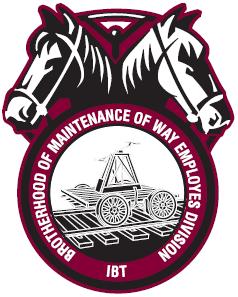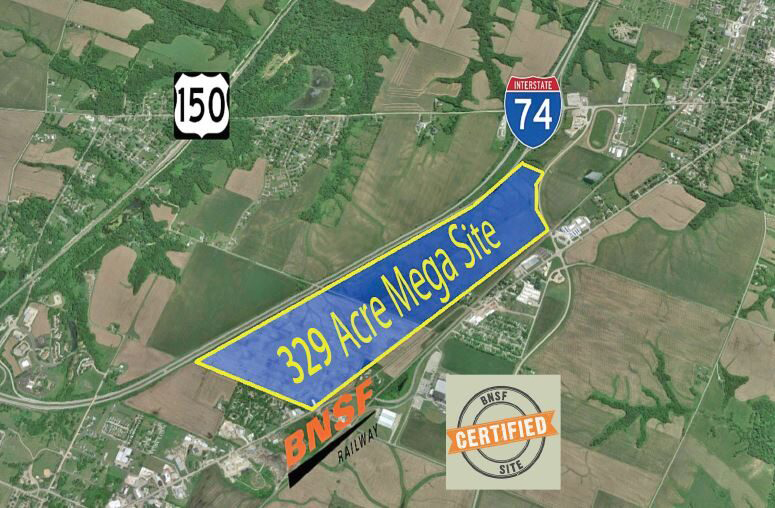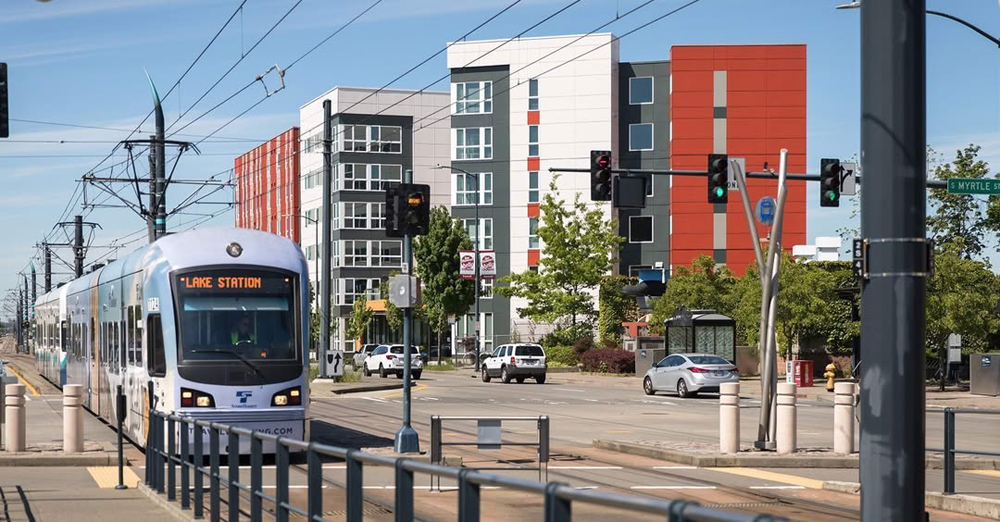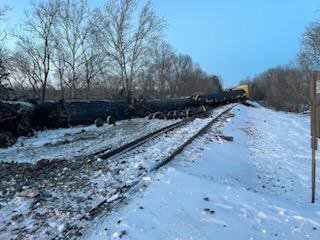NEWMAN, Western Australia — Media outlets are airing videos that better show the extent of the damage done to a runaway iron ore train that crashed in the Western Australia desert on Monday.
The Guardian, Australian Broadcasting Corp., and others are showing hand-held cell phone videos of the BHP Billiton train that became a runaway on Monday. Reports say the train’s engineer had stopped the train and left the cab when it began rolling away and continued for nearly 60 miles before BHP officials could purposefully derail it.
Australian safety and mining company officials are investigating the cause of the runaway.














I believe the question here is why didn’t the “alerter” kick in that would have stopped the train if no acknowledgement by the engineer/driver?
If it rolled away because the brakes were set incorrectly , then PTC would have applied at the first signal passed, presuming the dispatcher was alerted and set the signal to red. An advanced form of PTC could prevent it by allowing a remote controller to apply the brakes, dynamic or train brakes if not already applied. ( the article says the brakes would normally be applied , not that they were applied correctly on this particular train ).
I would imagine there may be some management openings “down under.” This reminds me a bit of a Southern Railway derailment in the early 1960s, on the Knoxville Division, between Asheville and New Line, at a location now known as Squaw Curve. Seems a Cherokee Indian woman, not an employee, was at the controls of a Knoxville-bound freight train and forgot about the 20 MPH speed restriction. A majority of the train ended up in the French Broad River. Shortly thereafter, there was a general housecleaning…Trainmasters and Road Foreman as far away as Memphis were demoted, transferred, or given the opportunity to “take back their craft.” Betting something similar is “on short final” at BHP.
Let’s see…somehow, the train started rolling away after the engineer departed the train for some reason…oh, yeah, over here, PTC would have stopped it right away, right???(sarcasm intended)
Would this have happened if the train was automated?
A second driver accompanying the first would have made no difference if they each left the cab.
No excuse for this. Whatever a second train driver in the cab would have cost, cleaning up this mess will cost more. Fortunately this was with an inert cargo (unlike Lac-Megantic) and in an unpopulated area (unlike Lac-Megantic). By the way, doesn’t 2018 technology provide for remote control??? Anyway, I hope the federal or local authorities make sure the railroad pays every penalty of the costs of responding to this foul-up, and a gargantuan fine on top of that. This is an insult to every railroad and every employee across the globe that operates safely.
Charles Landey,
It’s a private railroad on private property, the only one that is paying any expenses(and losing some of the value of the iron ore, which they can recover most of) is BHP Mining, it isn’t costing the government of Australia a dime for clean up, only for the investigation, which would have happened regardless of whether it was a private operation or common carrier, so there’s really no basis for a huge fine. Sometimes I wonder if you even do any research before commenting on some of these topics?
Unlike “Unstoppable” and the real CSX incident, this was all due to gravity. The train stopped on a falling 1.5% grade to check for a vehicle defect. The train then ran away with the locomotives in idle and the brakes applied. It started around 450 metres above sea level (1476 ft) and derailed at 210 metres (689 ft). Clearly the train was not adequately secured, but why wil be revealed in the investigation. With the brakes already applied, the alertor system was inactive.
Maybe the hogger watched “Unstoppable” before he went on duty……………